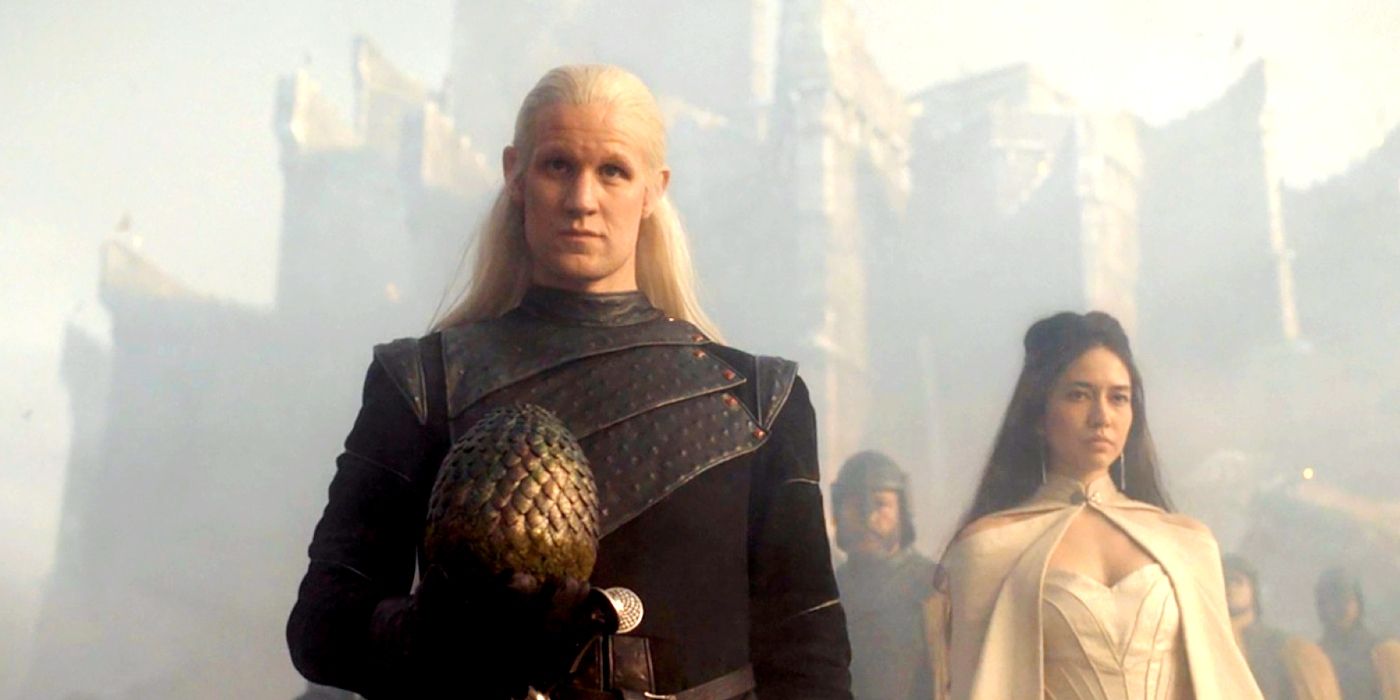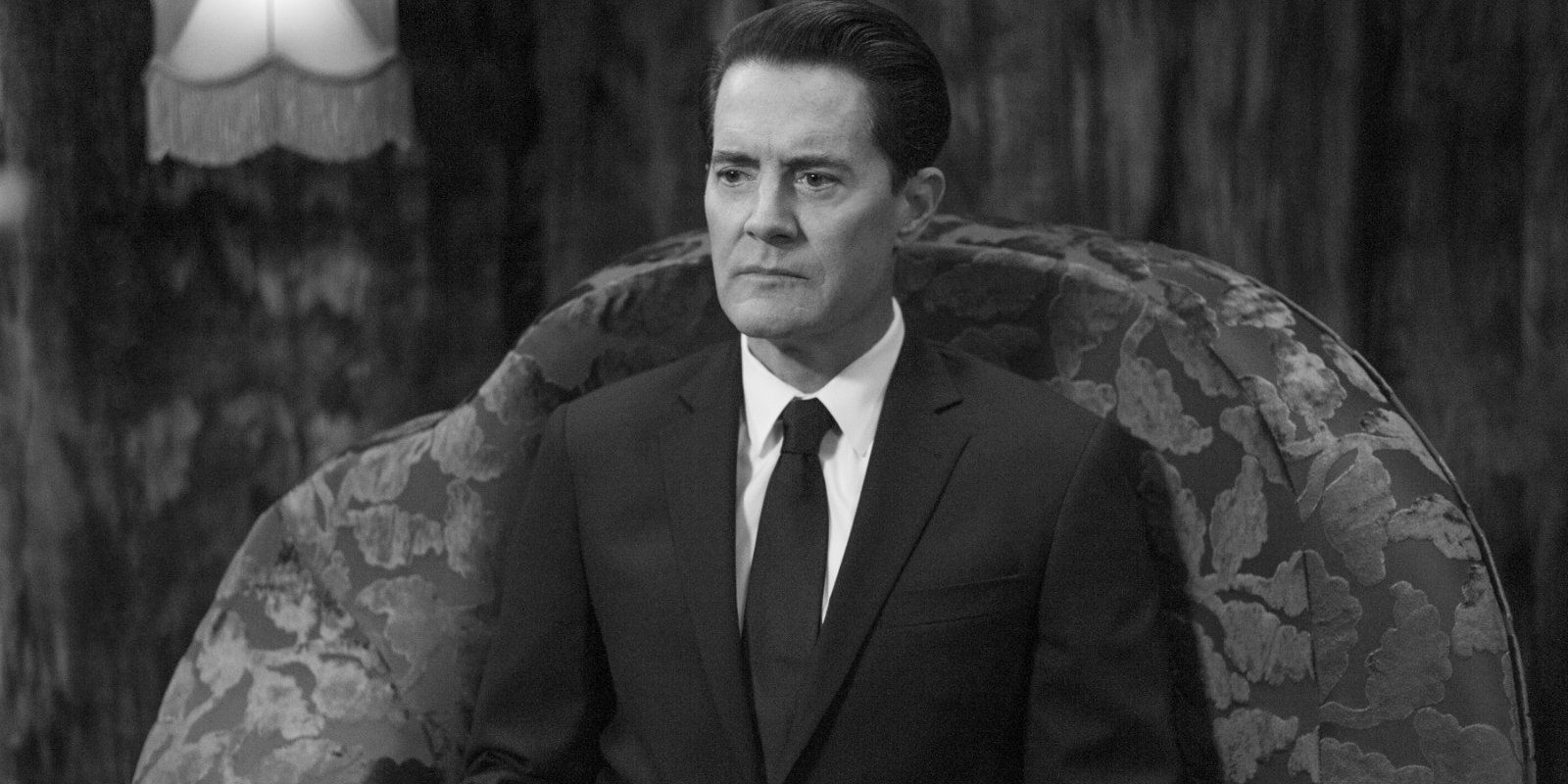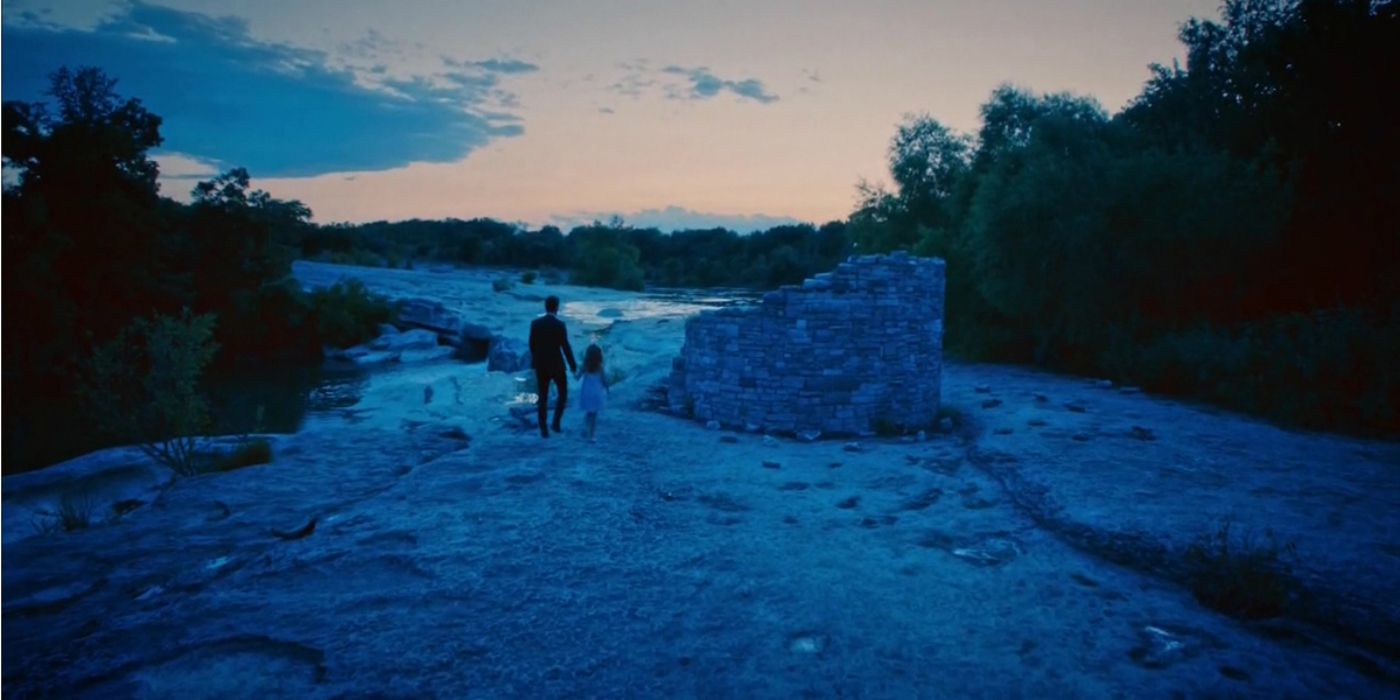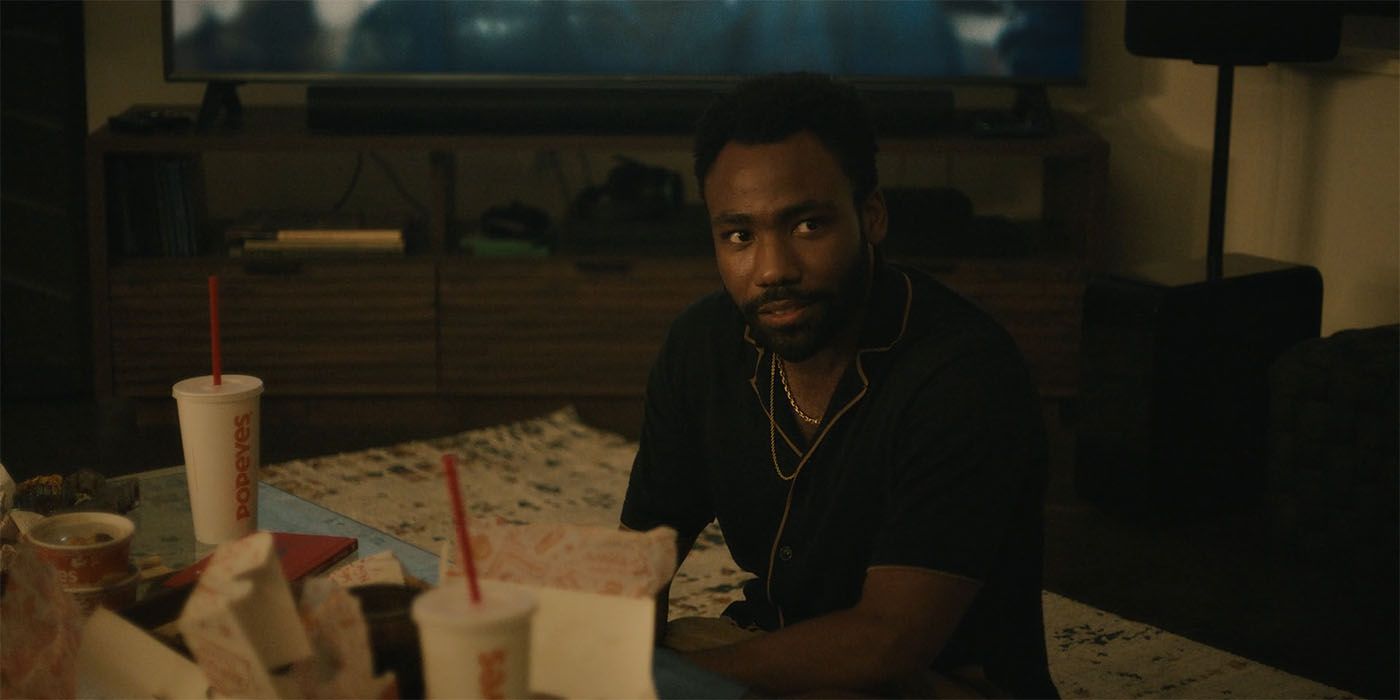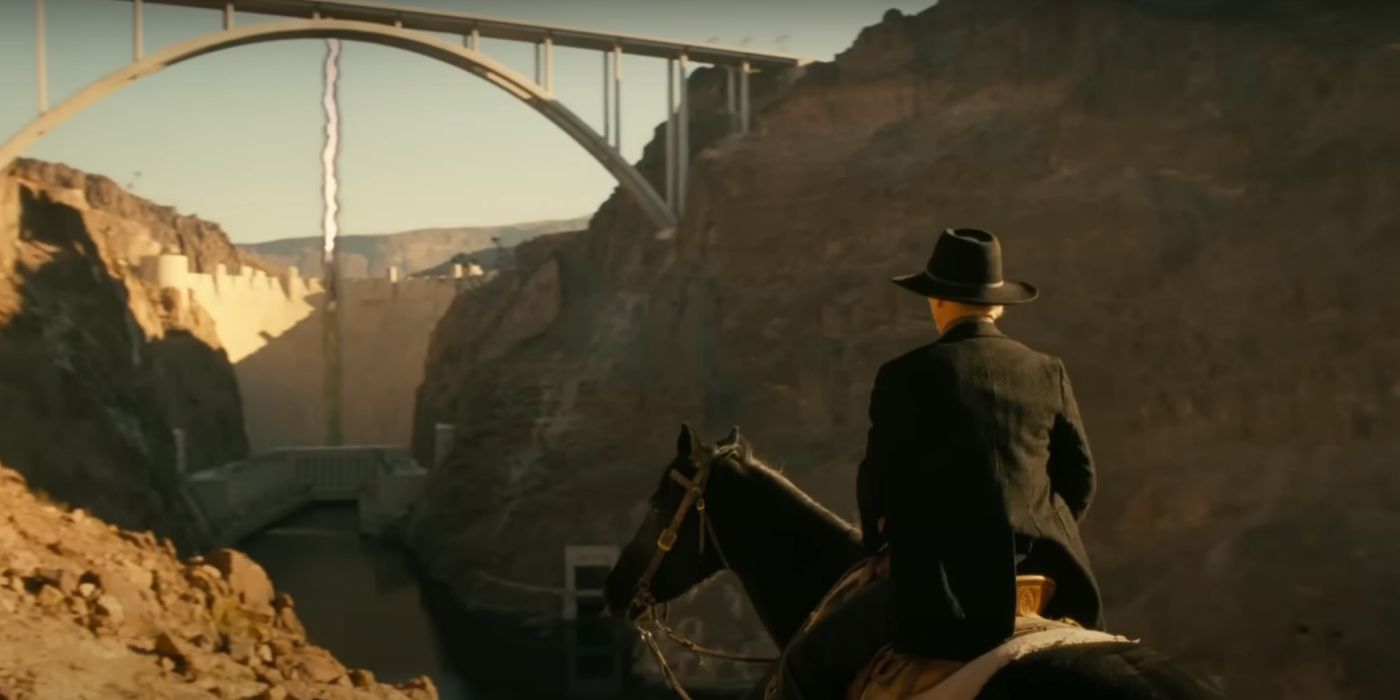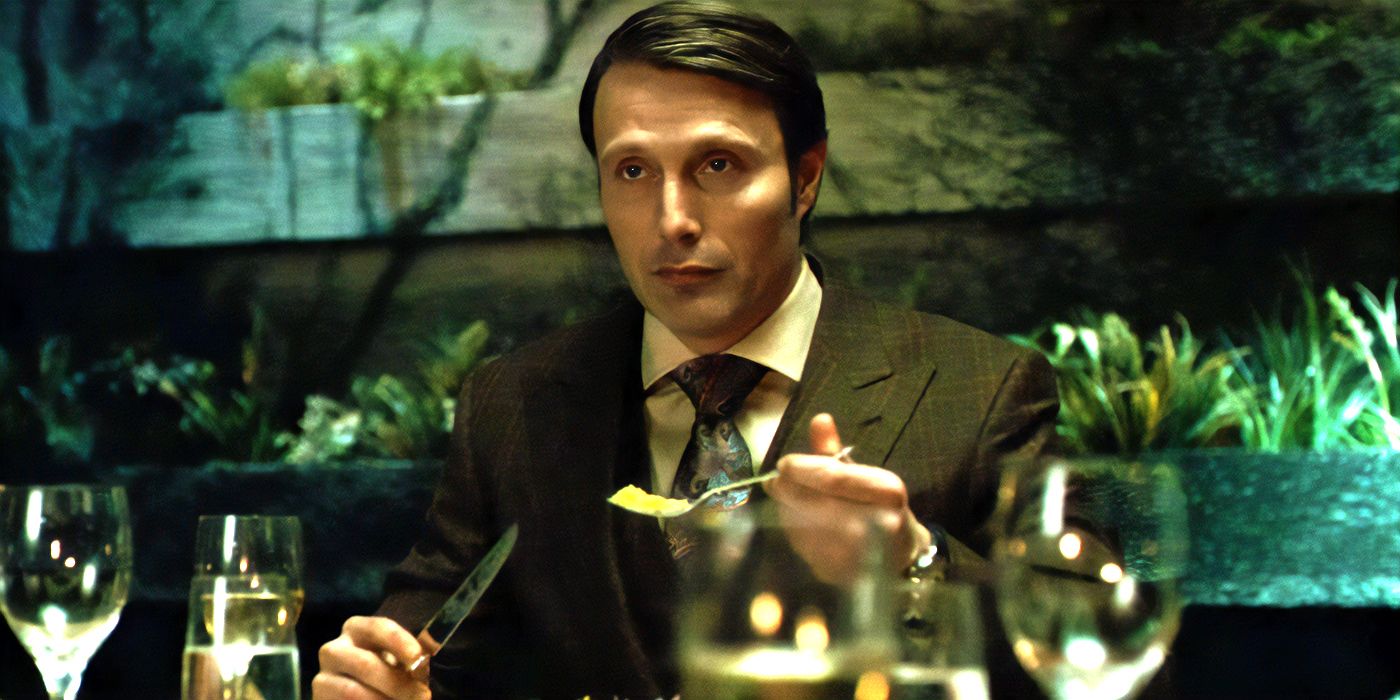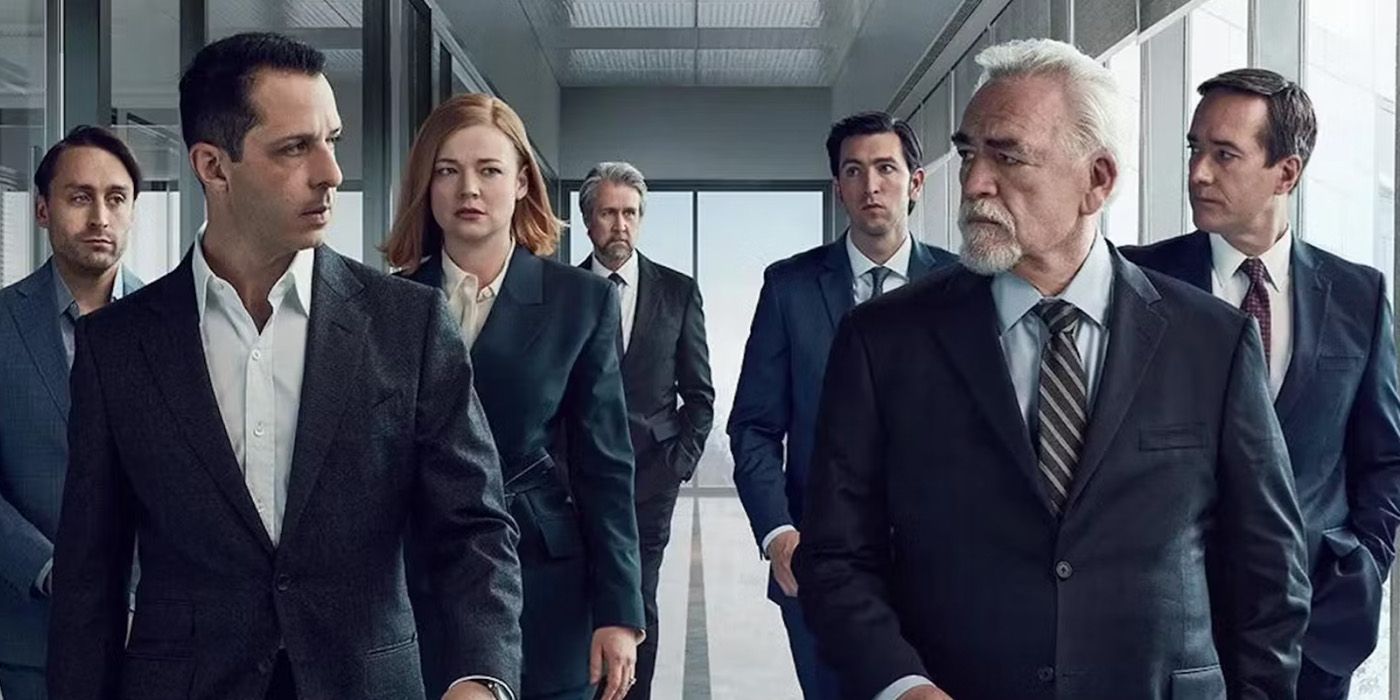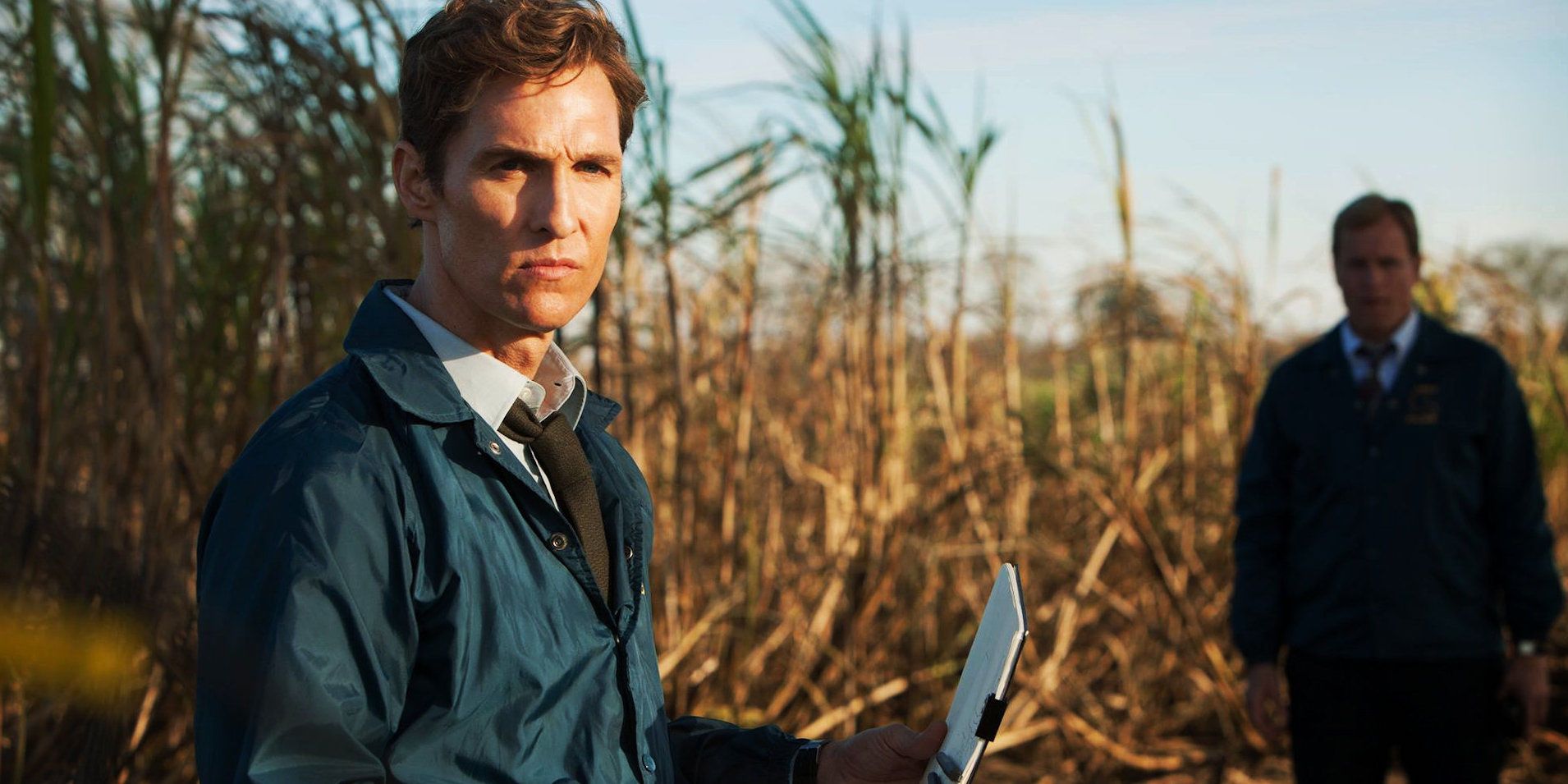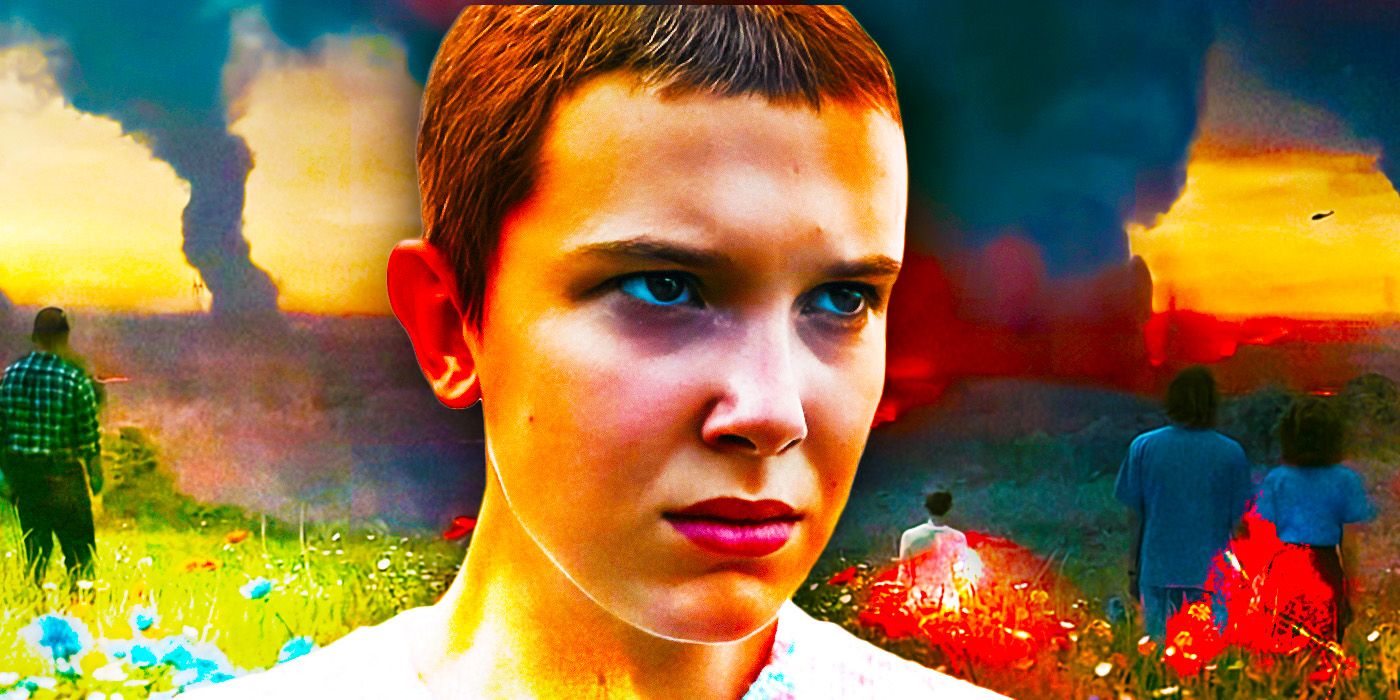
Unbelievable TV shows that are absolutely cinematic!

Experience the visual brilliance of these 10 captivating TV shows that rival big-screen productions From dragons to crime dramas, immerse yourself in stunning cinematography and breathtaking storytelling that will transport you to a whole new world
Not every television show requires impressive cinematography to convey its story, but some of the most visually captivating efforts in the medium would translate well to the big screen. Historically, television cinematography lacked the reputation for excellence. Due to television's faster production schedule and comparatively lower budgets, creators of TV shows prioritized storytelling over technical skill. This led to the rise of low-budget, self-contained formats such as sitcoms and soap operas becoming television mainstays. However, in recent years, television has placed a greater emphasis on craftsmanship.
Since the 2000s, and especially during the streaming boom of the 2010s, television budgets have experienced exponential growth. Consequently, TV shows have become more ambitious in their visual presentation. It is true that there were always action shows that left a lasting impact, thrillers that appeared dynamic despite budget limitations, and horror TV shows that genuinely frightened viewers. However, over the last two decades, the line between television and film visuals has become increasingly blurred as TV shows embrace daring cinematography techniques.
10 House of the Dragon
While Game of Thrones received praise for its early seasons' cinematography, the later years saw the fantasy epic become overly ambitious. Game of Thrones season 8, episode 3, "The Long Night," specifically faced heavy criticism upon release due to its visually dark and murky palette. However, House of the Dragon, the first Game of Thrones spinoff, successfully addressed these concerns with its stellar cinematography by Pepe Avila Del Pino and Catherine Goldschmidt. The series is shot with a clean, painterly style reminiscent of the historical epics from the '50s and '60s, making House of the Dragon's cinematography an undeniable triumph.
9 Twin Peaks: The Return
Following the original run of Twin Peaks, David Lynch's intriguing murder mystery left a lasting impact on various television shows, such as Riverdale and Gravity Falls. While this solidified the show's place in television and pop culture history, it overshadowed the artistic influence of Twin Peaks. The 2017 continuation, Twin Peaks: The Return, successfully addressed this issue by incorporating mind-bending and surreal visuals. Among these, Part 8, titled "Gotta Light?," showcased some of the most remarkable artistic visuals ever witnessed on television. From the astonishing detonation of an atomic bomb to the nightmarish latter half of the episode, this experience is etched into viewers' memories as an unforgettable journey.
8 The Leftovers
7 Atlanta
The Leftovers, a supernatural drama, depicted a group of survivors grappling with the aftermath of a mysterious event where 2 percent of the global population vanished. Exploring themes of mystery, depth, and darkness, The Leftovers provided audiences with visual solace through its breathtaking cinematography. Given the show's preoccupation with the afterlife, existentialism, and religion, the masterful cinematography in The Leftovers effectively portrayed Earth as both a heavenly and hellish realm throughout its three seasons.
Atlanta, created by Donald Glover, is more than just a dramedy about a struggling music manager. It is a captivating exploration of the entertainment industry through the lens of his rapper cousin. The show's brilliance lies in its ability to transcend genres and immerse viewers in a surreal world. Despite its long production journey, Atlanta exceeded all expectations. With episodes that felt like haunting nightmares and anthology outings that seamlessly transformed their visual styles, the series pushed the boundaries of television and delivered unforgettable imagery along the way.
6 Yellowstone
Yellowstone is an immensely popular Western series centered around the Dutton family, a successful dynasty of ranchers who are constantly embroiled in intergenerational conflicts. However, what sets this series apart from a mere reinterpretation of Dallas is its breathtaking landscapes that showcase the natural splendor of Utah and Montana. The rugged peaks, verdant foliage, and serene environment of Yellowstone are just a few of the captivating elements that contribute to the show's undeniable appeal. Undeniably, the cinematography of the series impeccably captures the sheer vastness and distinctive beauty of these locations.
5 Westworld
Despite mixed feelings about Westworld's conclusion, the series undeniably boasts a visually captivating style. While Yellowstone immerses viewers in a warm and immersive depiction of the Old West, Westworld's portrayal of the same setting maintains a cold and clinical atmosphere, mirroring the robotic hosts that inhabit its world. By transforming Michael Crichton's sleek theme park into a sterile environment, the show challenges viewers' perceptions of reality versus fabrication. Faces that once appeared human now peel back to reveal animatronic innards, while breathtaking landscapes are revealed to be nothing more than part of the park's fictional world. Thanks to Westworld's impressive cinematography, nothing is as it initially appears.
4 Hannibal
3 Succession
While The Silence of the Lambs stands as the sole commendable film in the Hannibal horror franchise, the television adaptation of Lecter's persona can arguably be deemed an even more compelling portrayal of the infamous serial killer. The extraordinary chemistry shared between Hugh Dancy and Mads Mikkelsen elevated Hannibal to greatness, while the show's cinematography allowed the series to reach new heights. Unlike other productions that prioritize visually striking environments, Hannibal took a bold approach by delving intimately into the macabre craftsmanship of the villain. Displaying murder as a form of art, this rare show provided an unsettling journey into the intricate mind of one of cinema's most captivating characters.
While Succession didn't rely on flashy cinematography like its contemporaries, this decision only enhanced the dramedy's accomplishments within the medium. By employing a shuddering shaky cam technique, the show brilliantly portrayed antihero Kendall Roy's inner turmoil in a painfully literal manner. In addition, subtle push-ins effectively underscored the excessive waste inherent in the Roy family's lifestyle, further immersing viewers into their unique world. Despite the often unpleasant atmosphere of the Roy family home, viewers couldn't have been closer to the riveting action.
2 True Detective
1 Stranger Things
True Detective stands out as the most gritty and grimy show, surpassing even Twin Peaks: The Return's psychedelic horror and Hannibal's gory artistry. Season 1 of this HBO hit expertly captured the sweat-soaked atmosphere of the bayou with unparalleled attention to detail. Season 2 showcased the show's unflinching commitment to revealing the smog-filled streets and urban decay of LA, which ultimately became its only redeeming quality. When True Detective returned for season 3, it once again brought a unique injection of grit that set it apart from anything else on television, for better or worse.
The strong cast and clever writing of Netflix's Stranger Things are undoubtedly important to its success, but what really sets the show apart is its captivating visuals. By skillfully combining classic '80s sci-fi and horror elements, Stranger Things pays homage to the past while adding its own unique twists. Through the use of advanced CGI and close-up shots that intensify the experience, the cinematography of Stranger Things effortlessly modernizes the visual style of the era. As a result, the series manages to strike a perfect balance between being a nostalgic classic and a contemporary masterpiece.
